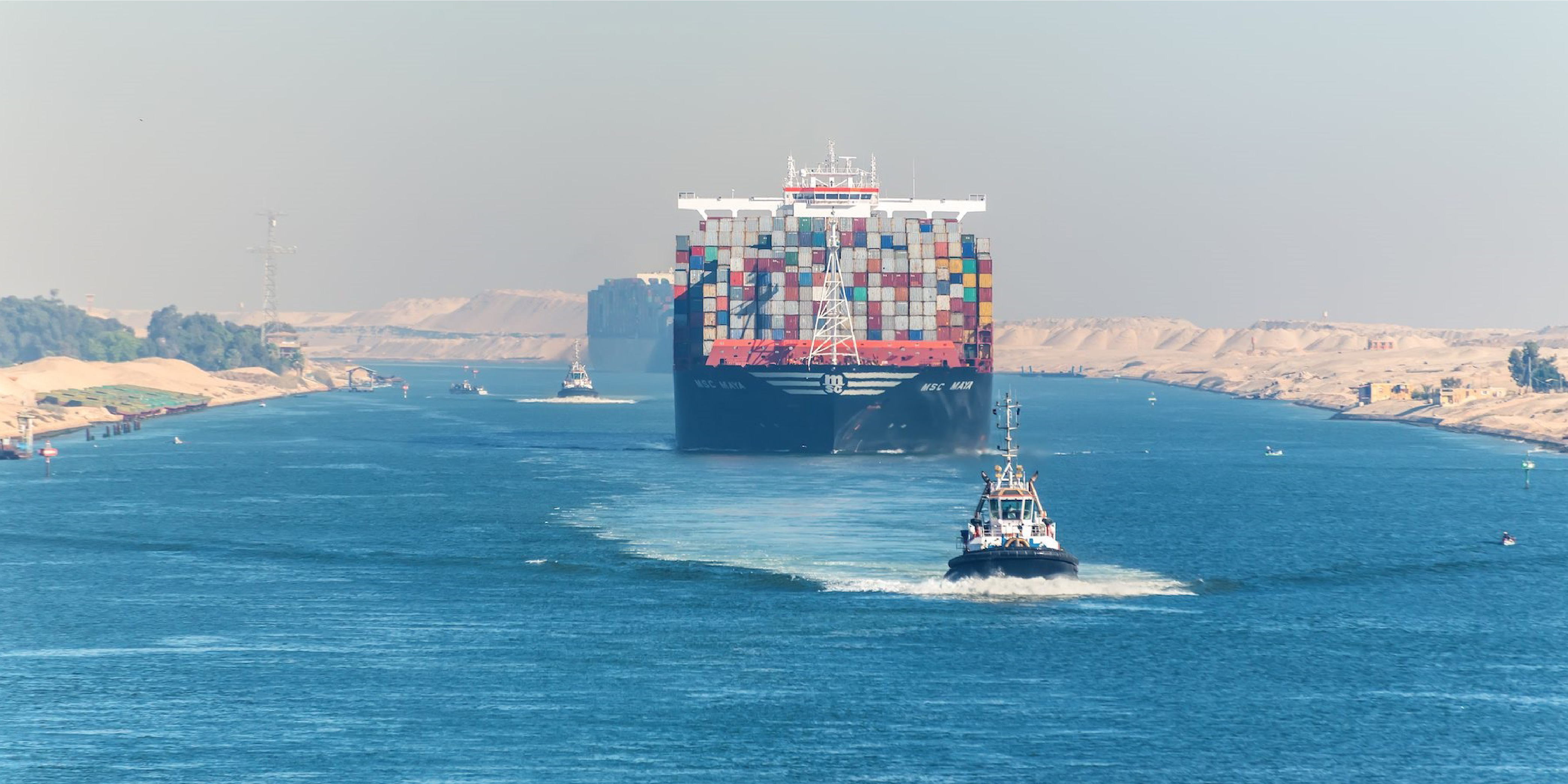Sea Trade Updates: Red Sea Crisis Impact on Container Ships
Red Sea Crisis Reaches Peak Impact on Box Ships
The ongoing Red Sea crisis has significantly affected global sea trade, particularly impacting the container shipping industry. The escalation of Houthi attacks has forced almost all top container lines to divert their routes, opting for the Cape of Good Hope over the Suez Canal. This strategic shift aims to avoid the volatile Red Sea region, which has become a hotspot for maritime conflict.

Major Diversions in Container Shipping
According to maritime analyst Linerlytica, only CMA CGM, among the top 10 container ship operators, continues to transit the Suez Canal. CMA CGM operates an 11-ship service through this route, with its Ocean Alliance partners—COSCO, OOCL, and Evergreen—taking slots on these vessels. This service, known as the Phoenician Express (BEX2), connects ports in China, South Korea, Singapore, Malaysia, and several Mediterranean and Middle Eastern countries.

Linerlytica reports that currently, only 14% of ships on the Asia-Europe trade route use the Suez Canal, accounting for just 4% of the total capacity of 7.48 million TEU (twenty-foot equivalent units). Most of the 72 ships that still use this route are operated by smaller companies from China, Russia, Singapore, Turkey, and the UAE.
Impact on Suez Canal Revenues

The diversion of container ships has had a profound impact on the Suez Canal Authority (SCA)'s revenue. In the financial year ending April 2024, the SCA reported a revenue drop of $2.2 billion, down from $9.4 billion the previous year. The number of ships transiting the canal also fell from 25,911 to 20,148.
The Suez Canal is a crucial source of foreign currency for Egypt. Efforts to boost its revenues, including a significant expansion in 2015, have faced setbacks due to the ongoing regional conflict. The recent tensions between Yemen and Israel, coupled with the broader conflict in Gaza, have exacerbated the situation, leading to further instability in the region.

Global Supply Chain Adjustments
As tensions persist, major carriers have adjusted their logistics strategies to mitigate risks. By diverting through the Cape of Good Hope, shipping lines aim to ensure the safety and reliability of their operations, albeit at increased costs and longer transit times.
Conclusion
The Red Sea crisis underscores the fragility of global maritime routes and the need for adaptable strategies in the shipping industry. As geopolitical tensions continue to affect key trade passages like the Suez Canal, the global supply chain must remain resilient, exploring alternative routes and technologies to maintain efficiency and security.









